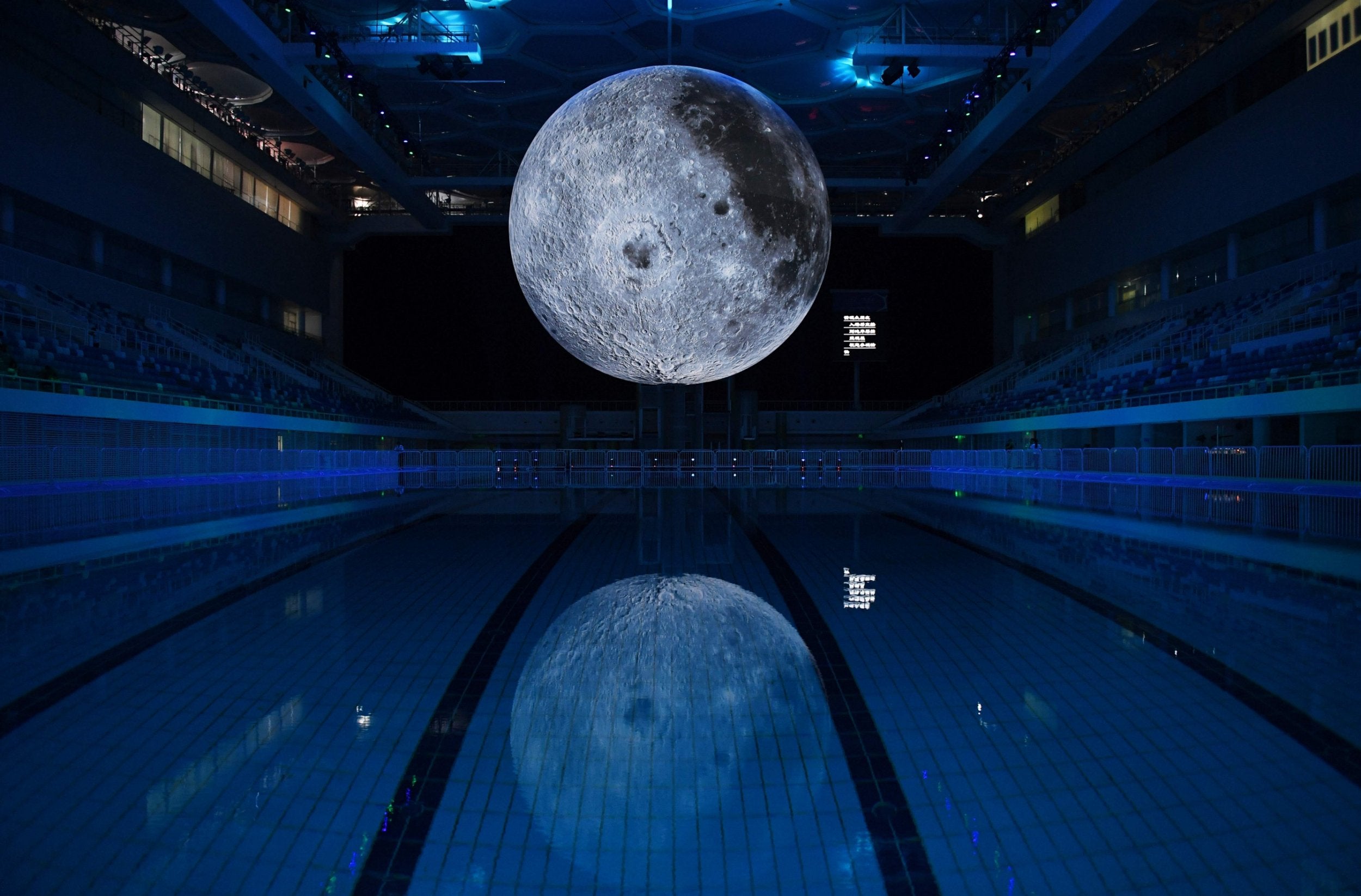Mea Culpa: One hell equals about 58,000 Olympic swimming pools
John Rentoul minds our language in last week’s Independent


An underwater volcanic eruption in the Pacific this year put a lot of water into the atmosphere, and we wrote about attempts to analyse what this did to the climate. Our sub-headline said: “Tonga eruption threw so much water vapour into the upper atmosphere it may cause temporary global warming and effect the ozone layer.” Thanks to Julian Self, who wrote to say that this should be “affect”. Affect is the verb, and effect is the noun.
Julian and I then got into a discussion about the main headline: “Tonga volcanic eruption in January blew 58,000 swimming pools of water into the atmosphere, enough to potentially change ozone layer chemistry.” I thought this was an unhelpful comparison, conjuring up in my mind an image of entire swimming pools, with tiles and diving boards intact, being sent into the sky. He thought it “did give it some sense of scale”, reading it, of course, as the amount of water that would fill that many swimming pools – Olympic-sized, as the article itself said – which “immediately screamed one hell of a lot of water”.
The article specified that the quantity of water was estimated at “38 billion or more gallons”. Again, I thought this unhelpful for those trying to grasp the scale – and the “or more” is completely useless. If it is an estimate, it could be more or it could be less: we don’t need the extra words unless we are giving more information about the degree of uncertainty around the central figure.
Anyway, my basic maths makes this out to be 173 million tonnes of water. Personally, I find it easiest to imagine that as a cube of water with sides half a kilometre long. Now, that is a hell of a lot of water.
More water: In an article headlined, “River Thames five miles shorter ...”, we said that “temperatures are forecasted to rise”. Thanks to Philip Nalpanis for pointing this out. Of course, the river isn’t really five miles shorter; it is just that the first five miles of it have dried up. But it is a good, dramatic way of putting it. The past tense of “forecast”, though, is “forecast”, not “forecasted”.
Veteran pol: In one of many articles mentioning Liz Truss, we described her as “the longest continually serving cabinet member”. It is not wrong, but the word “continually” usually means repeating the same action, whereas holding cabinet office is a state of being, and so the usual word would be “continuously”.
Ironically, we didn’t need the word at all. We only put it in because Michael Gove had served in the cabinet for longer than she had, but with a break. Since he was sacked in an act of spectacularly petty vengeance by the outgoing prime minister, Truss has been simply “the longest-serving cabinet member”.
Zoned out: In a report of the Chinese military trying to intimidate Taiwan, we said: “Multiple Chinese ships and planes conducted missions in the Taiwan Strait, with some crossing the median line, an unofficial buffer separating the two sides.” Thanks to John Harrison for noticing. Apart from the “multiple”, where I think “several” is more natural, a buffer implies something wider than a line – a zone in which temporary intrusions would be tolerated, perhaps. We could just have said “... with some crossing the unofficial median line separating the two sides”.
Apples and oranges: Three cheers for Emma Clarke, who said that celebrities needn’t be applauded for using commercial airlines instead of private jets. But Susan Alexander rightly pointed out that her comparison between the two forms of travel was less than enlightening.
“A single private jet can emit two metric tons of CO2 in just an hour,” she said. “Meanwhile ... commercial liners such as the Boeing 787, Airbus A380 and A220 aircrafts use less than three litres of jet fuel per 100 passenger kilometres.” Economy of scale means that private jets burn more fuel per passenger for the same distance, but if we are quoting figures, we need to compare like with like.



Join our commenting forum
Join thought-provoking conversations, follow other Independent readers and see their replies
0Comments